Scotland’s whisky industry is turning to robots and other automated machinery to help it gain an edge, as Peter Ranscombe discovers.
When you think about the jobs people do in whisky warehouses what roles spring to mind?
Forklift truck driver? Cask handler? How about robot supervisor or data analyst?
Those are just some of the jobs being created at Chivas Brothers’ warehouse in Keith.
Robots’ key role in Chivas logistics
The distiller has installed a giant, orange robotic arm that can stack two 550-pound casks at a time onto pallets.
There is also a “rolling road” or conveyor belt to place those pallets into McPherson of Aberlour’s lorries.
A second robot was recently commissioned to handle the opposite process, taking casks off pallets before sending them for whisky to be disgorged and bottled.
“Our team is really excited about the investment that’s being made on the site and the opportunities it’s creating,” explained Brian MacAulay, malt distilling and operations director at Chivas Brothers, the company behind whisky brands including Ballantine’s, Chivas Regal and The Glenlivet.
He added: “The robots are improving health and safety, because people don’t have to work at height or interact as often with forklifts or other vehicles.
“They’re also creating jobs because we need people to supervise the robots and programme them.
“The next step will involve hiring data analysts to handle all the information that we have about our casks – we even aim to go paperless.”
Using robots to pack casks onto pallets also creates a more efficient process, meaning fewer journeys are needed, and so helping to lower Chivas Brothers’ carbon footprint.
The company has also worked with McPherson to introduce lorries that can interact with the new robots.
Mr MacAulay has welcomed other Scotch whisky distillers to the site to see his robots.
And a workshop will be held soon for staff from Absolut vodka, Jameson whiskey, and other brands owned by French parent Pernod Ricard.
Technology is also changing how a spirit flows into a barrel in the first place.
Currently, many casks are filled using equipment that looks like the trigger on a petrol pump.
Mistakes can lead to underfilling, overfilling or foaming, which means the spirit is wasted or casks sit in warehouses with needless gaps.
Digital technology for the 21st Century distillery
Diageo, Scotland’s largest distiller and the owner of brands including Bell’s, J&B, and Johnnie Walker, has injected digital technology into the process.
It teamed up with technology giant Siemens, Bellshill-based engineering firm Kigtek, and Strathclyde University’s Advanced Forming Research Centre, part of the National Manufacturing Institute Scotland (NMIS), to create a filling lance for whisky casks and accompanying software.
The system can fill a 44-gallon cask in less than a minute, with more than 99% consistency.
Novel cask-filling system boosts productivity and reduces waste
By filling each cask to its maximum level, distillers can cut waste and reduce storage costs by having fewer half-filled casks in their warehouses.
NMIS digital and metrology team leader Richard Millar said: “The ultimate aim of the project was to use the latest technology to significantly improve outdated approaches to filling casks with whisky – improving productivity and reducing waste using the existing workforce.
“Kigtek has already deployed the system with a whisky manufacturer in Scotland, and has also had inquiries from more than 10 other countries.”
NMIS undertakes a wide range of projects with the whisky industry.
“We recently created a simulation of a production line at a cooperage, so that we could identify bottlenecks and find solutions to improve the process,” explained Mr Millar.
“We also recently collected and analysed data from a bottling plant, which helped the company to reduce waste and increase consistency.”
NMIS is also working with R&B Distillers on a knowledge transfer partnership to turn waste into energy, and with another distiller to develop a system to spot when metal hoops have been placed in the wrong spots around casks.
#agrofoodrobotics | @agROBOfood aims to strengthen the European ecosystem for adoption of robotic technologies in #agrifood and make the sector more efficient and competitive. This online showcase takes you through 3 agROBOfood Innovation Experiments 👉 https://t.co/KQ4Gp2qToY pic.twitter.com/QZ4kBEwmcs
— WUR Plant (@WURplant) January 20, 2023
Grain merchants and other whisky industry suppliers are now looking at ways to use robots.
Lorenzo Conti came up with the idea for Crover, the world’s first “granular” drone, while working on his doctorate at Edinburgh University.
Crover is a robotic device that can navigate through materials including grains, sands, and chemical powders.
“I was working with granular materials that act like a bulk – a bit like a big grown-up version of a ball pit, with particles that are either in contact or not,” explained Mr Conti.
Really cool spot at @advancedenguk #AEUK22, the @Crover_Tech subterranean drone designed to move through granular media. Edinburgh-based and obviously looking at applications in the malting barley supply chain. pic.twitter.com/rFjgHOuI2s
— Spirit and Wood | Alistair (@SpiritAndWood) November 3, 2022
He developed his idea for Crover, which is also the name of his company, with help from the university’s Edinburgh Innovations business creation team.
The innovative drone went on to win a series of competitions, including a KickStart Award from Converge in 2018.
Run annually, the Converge initiative gives staff, students and recent graduates from Scotland’s universities the training and support they need to start their own businesses.
Crover’s team is moving into the new National Robotarium facility at Heriot-Watt University in Edinburgh.
Mr Conti said the new site exceeded expectations.
He added: “The facility has the space we need for our machinery and environmental testing chambers, and we’ve started to make connections with researchers and other businesses, which is already exposing us to new opportunities.
Updated version makes its debut
The company has already carried out pilot projects with businesses, including grain merchants in Scotland and Italy, and just launched a new and improved version of its device.
“Most of our partners want to measure temperature and moisture levels so that mould and insects can’t damage crops,” Mr Conti said.
He added: “Malted barley is interesting because you also don’t want it to get too dry or too cold.
“If it does, then it won’t be able to germinate and so can’t be used to make whisky.”
Whilst the process can be automated and controlled remotely, it removes the human touch from production.”
Bari Reid, director, Organic Architects.
Not everyone in the whisky-making business is convinced about robots though.
Bari Reid, director of Argyll-based distillery designer Organic Architects, said: “We are seeing a trend away from process automation in the industry.
“Whilst the process can be automated and controlled remotely, it removes the human touch from production.
“Whisky drinkers are more interested in how the luxury liquid they are drinking is produced.
“They prefer to drink a whisky that was crafted by hand not by a computer, and are more interested in whether it has a low-carbon footprint than whether it was created by using the latest tech.”
The Macallan marketing director Glen Gribbon said: “We’ve done a huge amount of research across every aspect of maturation and especially how the spirit interacts with the casks.
“But, ultimately, The Macallan is created by hand. It is an art and takes people and time.
“The whisky-making team noses every single cask because there is no defined recipe, especially when you’re working with natural colour that comes only from the cask.
“Our investments are focused on ensuring quality and an increasing number of our bottles are hand-finished.”
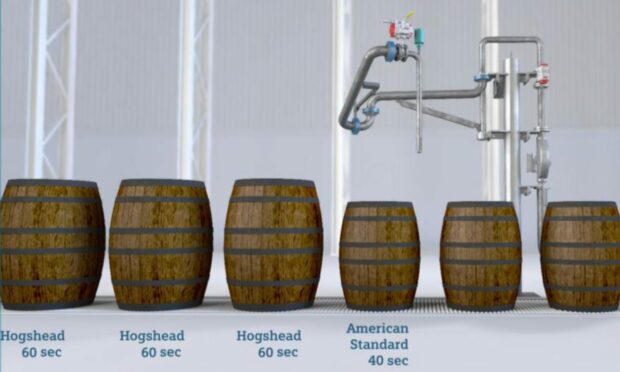
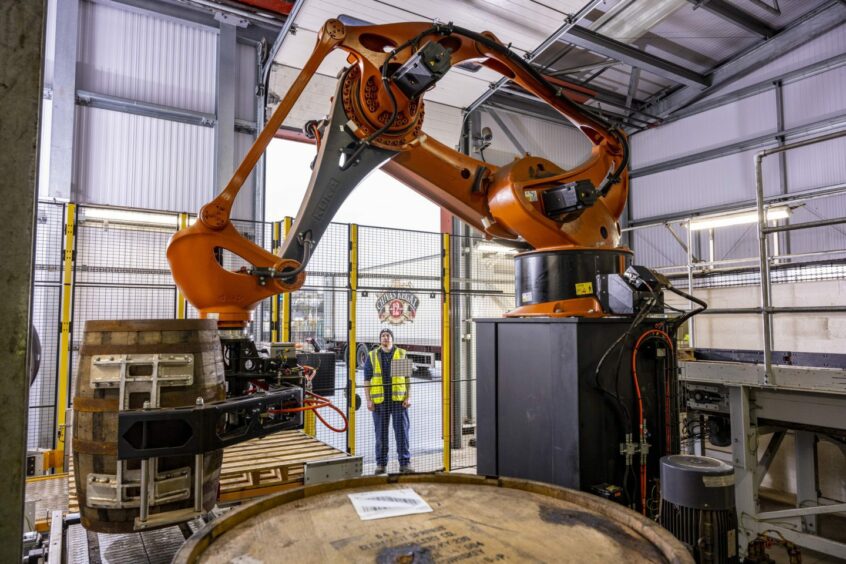
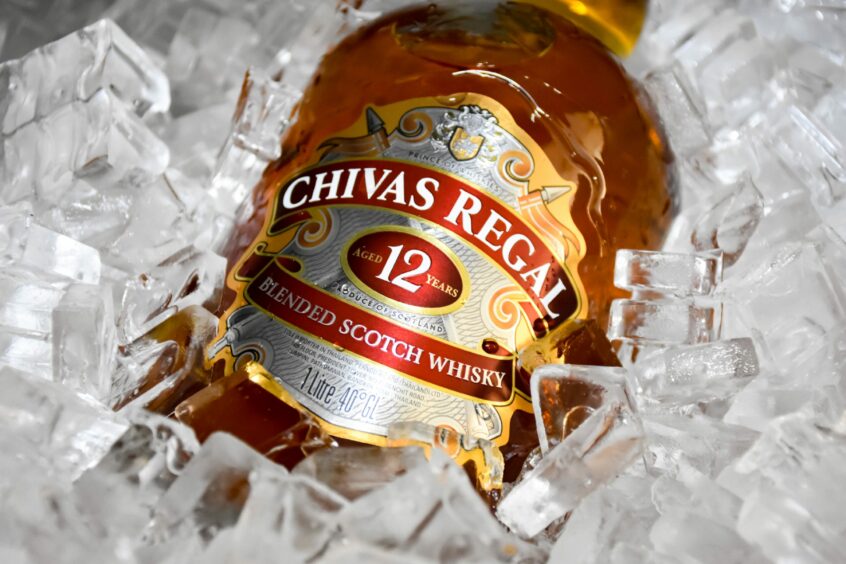
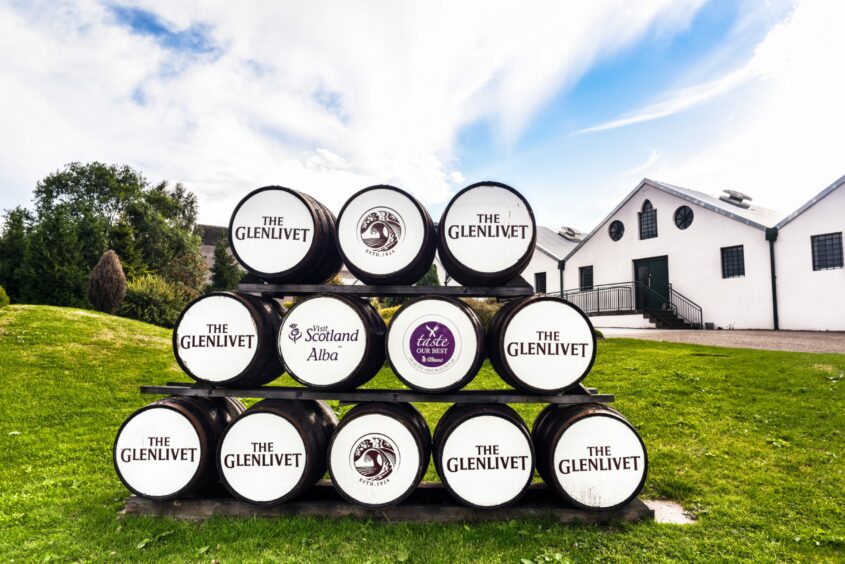
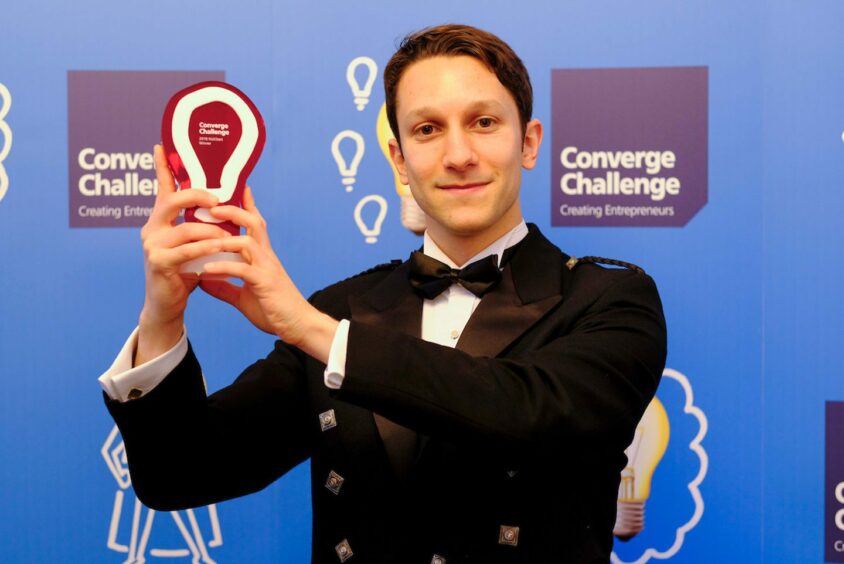
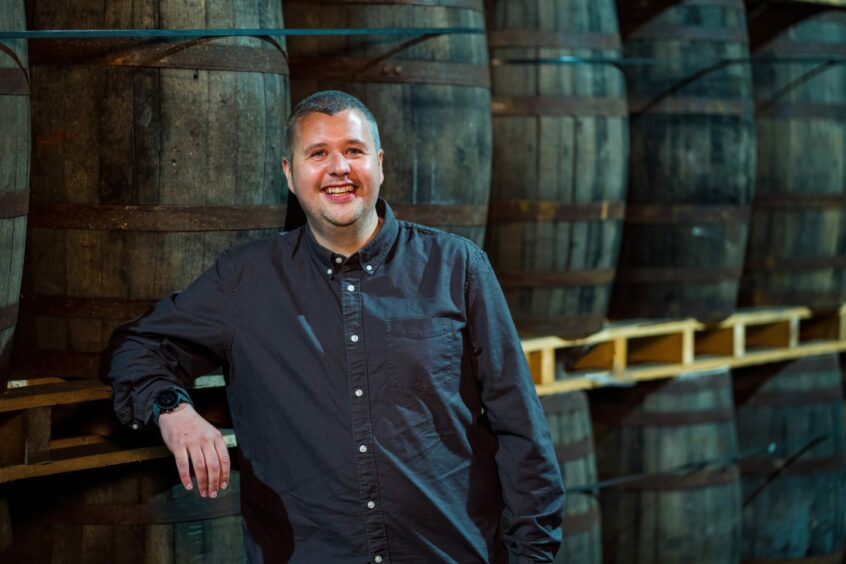
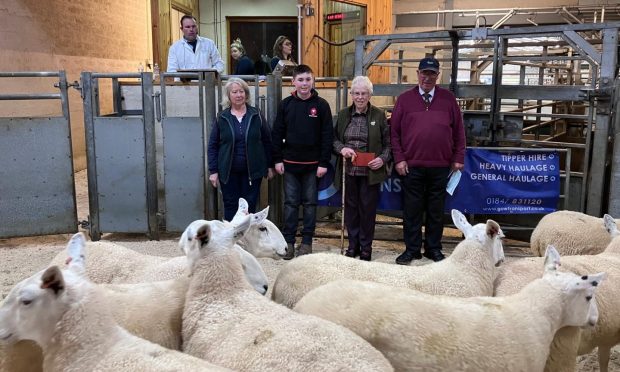


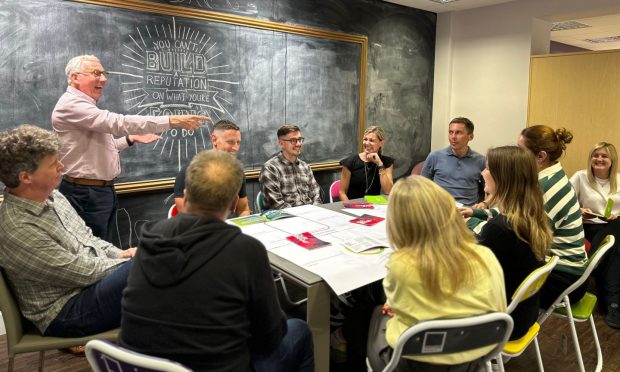
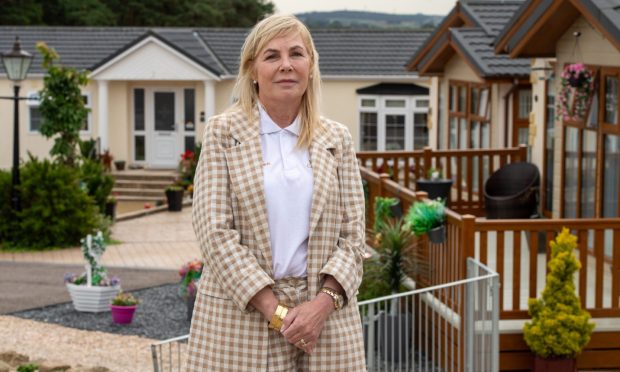
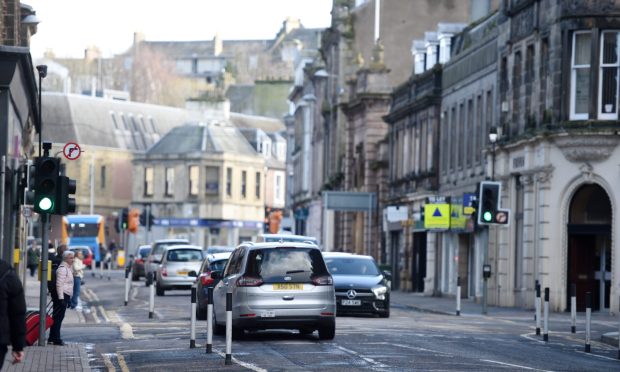
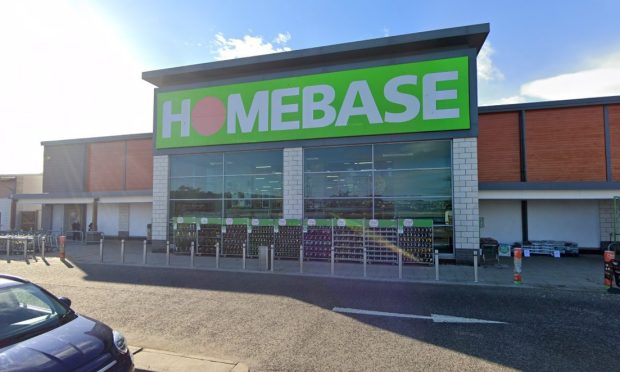


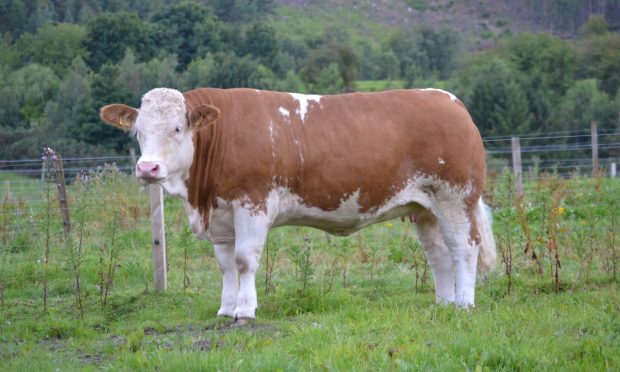
Conversation